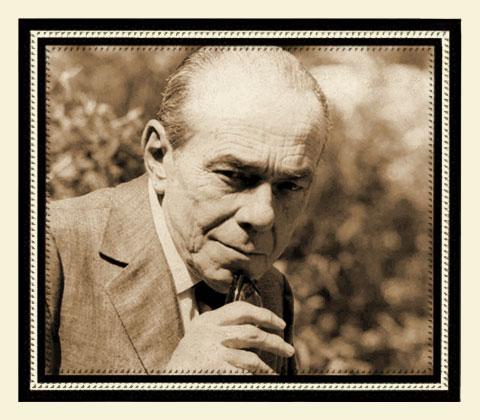Campinas, SP, 1890 — São Paulo, 1969
Lawyer, journalist, film critic, poet, essayist and translator
He was one of the principal organizers of the Modern Art Week in 1922. He helped found and edited the magazine Klaxon, the voice of the modernist movement, and created the cover of the first edition of the book Paulicéia Desvairada, by Mário de Andrade. He was the first modernist to be admitted to the Brazilian Academy of Letters, in 1930. In 1932, by now a very popular poet, he voluntarily enlisted as a private soldier to fight in the Constitutionalist Revolution. He was captured and sent into exile to Portugal. He returned to Brazil with the amnesty of 1934 and was the intellectual chosen by the Minister of Foreign Relations to meet Zweig during his brief stay in São Paulo in August 1936. After the encounter, over risotto in an Italian restaurant in Vale do Anhangabaú, he produced a profile of the visitor in the column he wrote for the newspaper O Estado de S. Paulo (6/9/1936). By all accounts they met again during Zweig’s second visit to São Paulo, in 1940. He also met Zweig’s friend, Luc Durtain, and translated one of his books about Brazil.
His work is made up of about 75 publications, among them poetry, prose, essays, translations, as well as extensive journalism, in particular the column Cinematógrafos, a pioneer of film criticism which he wrote for O Estado de S. Paulo between 1920 and 1940. He was also one of the founders of the Fundação Escola de Sociologia e Política de São Paulo, where he taught Political Science. In 1959 he was elected “prince of Brazilian poets”. His house became the Museu Casa Guilherme de Almeida.
Address listed: Rua Pamplone [Pamplona] 95, San Paolo
